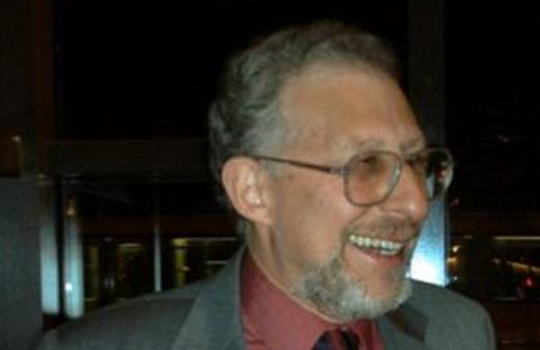Last week I discussed meldonium, which was banned by the World Anti-Doping Agency (WADA) in January 2016 for use by sportsmen and women, because it supposedly increases blood flow and therefore exercise capacity. Meldonium is the International Nonproprietary Name (INN) of 3-(2,2,2-trimethyldiazaniumyl)propanoate, an analogue of the immediate precursor of carnitine, trimethylaminobutyrate (Figure 1). Meldonium is […]
Jeffrey Aronson: When I Use a Word . . . Carnitine
